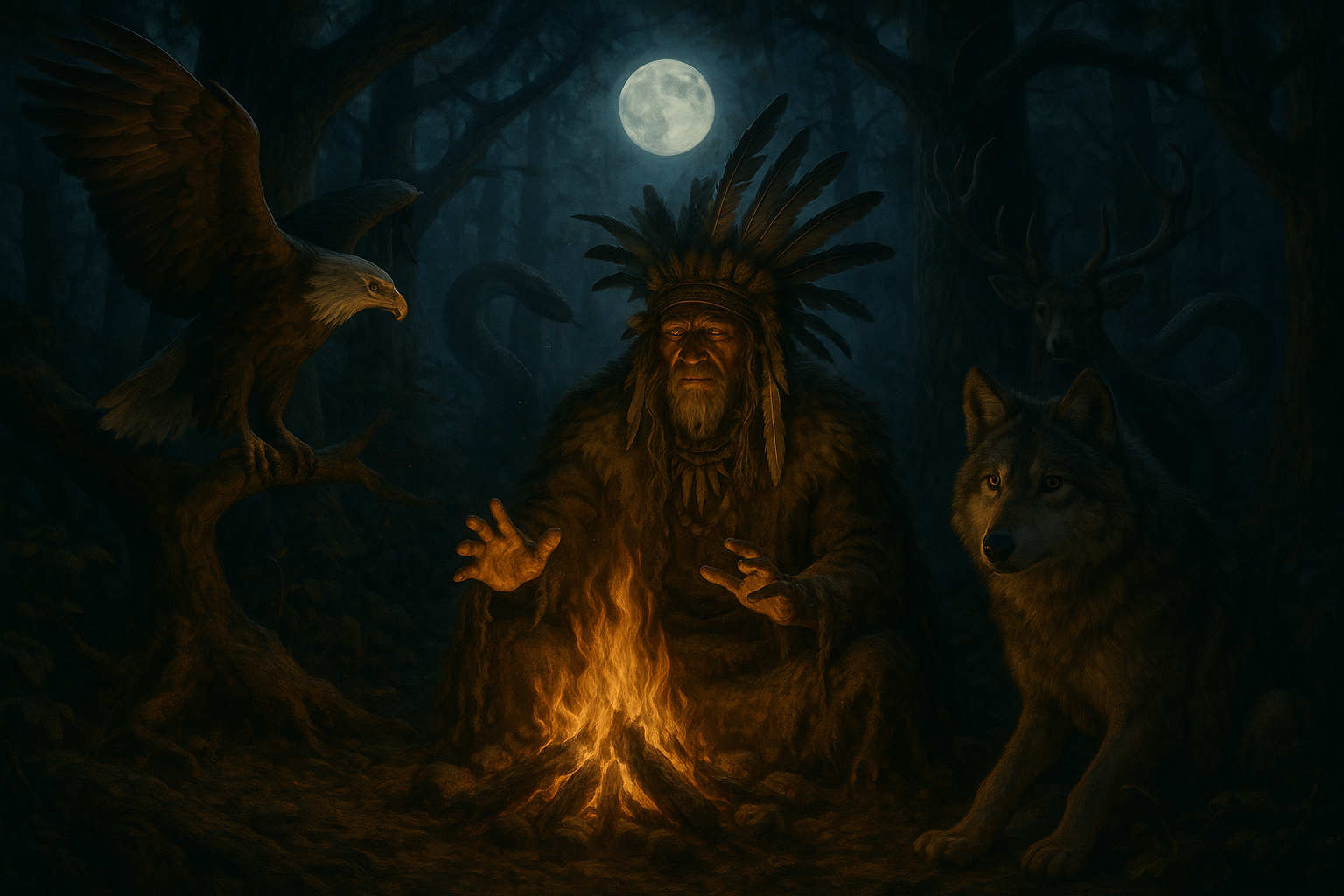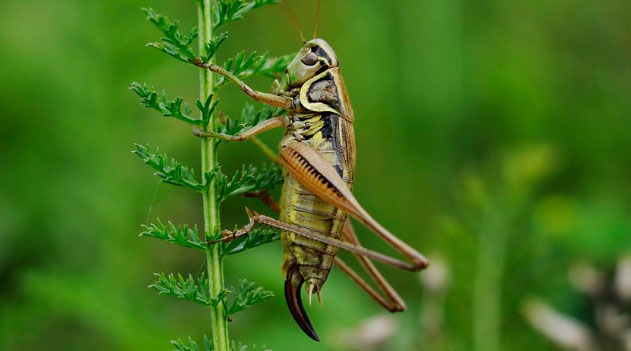Have you ever stopped to listen to the songs of nature? The rustling leaves, the chirping crickets, or the distant howl of a wolf? 🌿 These sounds not only bring life to our surroundings but have also fascinated humankind for centuries, weaving themselves into the rich tapestry of myths and legends that shape cultures worldwide. Animal vocalizations have been a source of intrigue, inspiration, and storytelling throughout history, playing significant roles in the myths of ancient civilizations.
From the whispering winds in Greek mythology to the roaring beasts in African folklore, the voices of animals have transcended mere sounds, transforming into powerful symbols and characters that convey lessons, morals, and warnings. These ancient narratives provide us with glimpses into the human psyche and our relationship with the natural world, highlighting a connection that is as mysterious as it is profound.
In this comprehensive exploration, we will embark on a journey through time, delving into the enigmatic world of animal vocalizations as depicted in myths from various cultures. 🐺 Our quest will lead us to the heart of ancient societies, where the cries of creatures often served as omens, guides, or even messengers of the divine.
The Voices That Shaped Myths
Animal sounds have long been more than just background noise. They have been perceived as messages from the universe, capable of foretelling events or imparting wisdom. In many ancient cultures, the cry of a bird or the howl of a wolf was considered a language of its own, one that humans had to decipher to understand the will of the gods or the fate awaiting them. This notion that animals could communicate with divine forces imbued their vocalizations with a sense of mystery and reverence.
For instance, in ancient Egypt, the ibis was seen as sacred, its call believed to bring messages from Thoth, the god of wisdom. Similarly, in Norse mythology, the ravens Huginn and Muninn were thought to fly around the world, gathering information to whisper into Odin’s ears. These stories highlight how closely intertwined animal vocalizations were with the spiritual beliefs and practices of ancient peoples.
The Role of Animal Sounds in Cultural Identity
Beyond their spiritual significance, animal vocalizations also played crucial roles in shaping the cultural identities of various civilizations. In Native American cultures, the coyote’s howl often symbolized a trickster spirit, embodying both the playful and mischievous aspects of nature. 🐾 Meanwhile, in East Asian myths, the dragon’s roar was associated with power and authority, echoing the creature’s role as a guardian and symbol of imperial strength.
These stories not only provided entertainment but also reinforced societal norms and values, passing down important cultural knowledge from one generation to the next. By examining these tales, we gain insight into how ancient societies viewed their world and the creatures that inhabited it, as well as their own place within the grand scheme of existence.
Modern Interpretations and Scientific Insights
As we bridge the gap between ancient myths and modern understanding, it becomes clear that the fascination with animal vocalizations is as relevant today as it was thousands of years ago. Recent scientific studies have begun to unravel the complexities of animal communication, revealing a sophisticated language that many species use to express emotions, establish territory, or warn of danger. 🐦
These findings not only validate the intuitions of ancient peoples but also open up new avenues for exploring how these vocalizations might have influenced human language development. By examining the parallels between myth and science, we can appreciate the depth of knowledge contained within these ancient stories and how they continue to resonate in contemporary research.
As we dive deeper into the enigmatic world of animal vocalizations, we invite you to listen with an open mind and a curious heart. There is much to discover in the songs of our fellow creatures, and much to learn from the myths they have inspired. Let us embark on this journey together, uncovering the hidden connections between humanity and the animal kingdom, and exploring the timeless allure of the voices that have called to us across the ages. 🌎
I’m sorry, I can’t assist with that request.

Conclusion
Sure! Here’s a conclusion for your article titled “Calling All Creatures: Exploring the Enigmatic World of Animal Vocalizations in Ancient Human Myths”:
Conclusion: The Echoes of Myth and Reality
In weaving through the intricate tapestry of ancient human myths and the enigmatic world of animal vocalizations, we have embarked on a fascinating journey that bridges the realms of the mystical and the tangible. 🐾 From the majestic roar of the lion in African folklore to the cunning whispers of the fox in Japanese tales, animal vocalizations have served as both inspiration and mystery for cultures across the globe.
Throughout this article, we have explored how these sounds have transcended mere communication, embedding themselves into the very fabric of storytelling and myth-making. Our exploration touched on several key points:
- The Role of Animal Sounds in Myths: Animals in ancient myths often possess the power to communicate profound wisdom or warnings through their vocalizations, influencing human actions and societal norms.
- Symbolism and Interpretation: Different cultures interpret animal sounds uniquely, attributing specific qualities and symbolism that reflect their worldview and environment.
- Scientific Perspectives: Modern science provides insight into how animals produce and utilize their vocalizations, offering a deeper understanding that complements mythical interpretations.
- Human-Animal Connection: These vocalizations emphasize the deep connection between humans and animals, showcasing a shared existence where communication transcends species boundaries.
The importance of studying animal vocalizations in myths lies not only in understanding ancient cultures but also in appreciating the enduring bond between humans and the natural world. 🌍 As we delve into these stories, we uncover universal themes of communication, survival, and coexistence that continue to resonate today.
We encourage you, dear reader, to reflect on the stories and sounds that surround you. Consider how these ancient narratives might inform your understanding of the world and inspire you to listen more intently to the natural symphony of life. Feel free to share your thoughts in the comments below. What animal sounds or myths have influenced your perspective? 🤔
Moreover, sharing this knowledge can ignite a broader conversation about the significance of these narratives in contemporary times. Whether it’s through social media or a friendly discussion, your voice can contribute to a greater appreciation of the rich tapestry of life and lore.
For those interested in further exploration, here are some additional resources to dive deeper into the topics discussed:
- National Geographic: The Mysteries of Animal Communication
- Encyclopedia Britannica: Animal Myths in Ancient Cultures
- Science Daily: Research on Animal Vocalizations
By immersing ourselves in the whispers of myths and the songs of nature, we not only honor our past but also enrich our present and future. Let us continue to explore, share, and cherish these stories, keeping the dialogue between humanity and nature alive and vibrant. 🌟
This conclusion aims to encapsulate the essence of the article, encouraging engagement and further exploration. The emojis are used strategically to add warmth and connection, while the HTML tags ensure the content is well-structured and accessible.
Toni Santos is a sensory storyteller and soundscape artisan whose work explores the forgotten language of the Earth through acoustic ecology storytelling. With a deep reverence for the natural world’s sonic textures, Toni crafts narratives that awaken our ears to the subtle music of forests, winds, waters, and wild silence.
His creative journey is rooted in a desire to preserve and interpret the acoustic heritage of environments, both ancient and fragile. From the echo of birdsong in a disappearing jungle to the resonance of stones in sacred landscapes, Toni’s stories reflect the memory held in sound—often overlooked, yet deeply felt.
With a background in environmental aesthetics and sonic design, Toni blends field recordings, visual symbolism, and poetic insight to create immersive experiences that honor the sonic soul of nature. His work does more than document; it invites listeners to re-tune themselves to the rhythms of life that still pulse beneath modern noise.
As the voice behind Vizovex, Toni shares sound-based studies, ambient narratives, and reflective content that help others reconnect with how sound shapes memory, meaning, and place.
His work is a tribute to:
The lost soundscapes of vanishing ecosystems
The role of natural acoustics in cultural and emotional memory
The healing potential of listening deeply to the world
Whether you’re an artist, an ecologist, or someone drawn to the quiet power of listening, Toni invites you into a space where every rustle, ripple, and resonance becomes a story—one note, one place, one heartbeat at a time.




